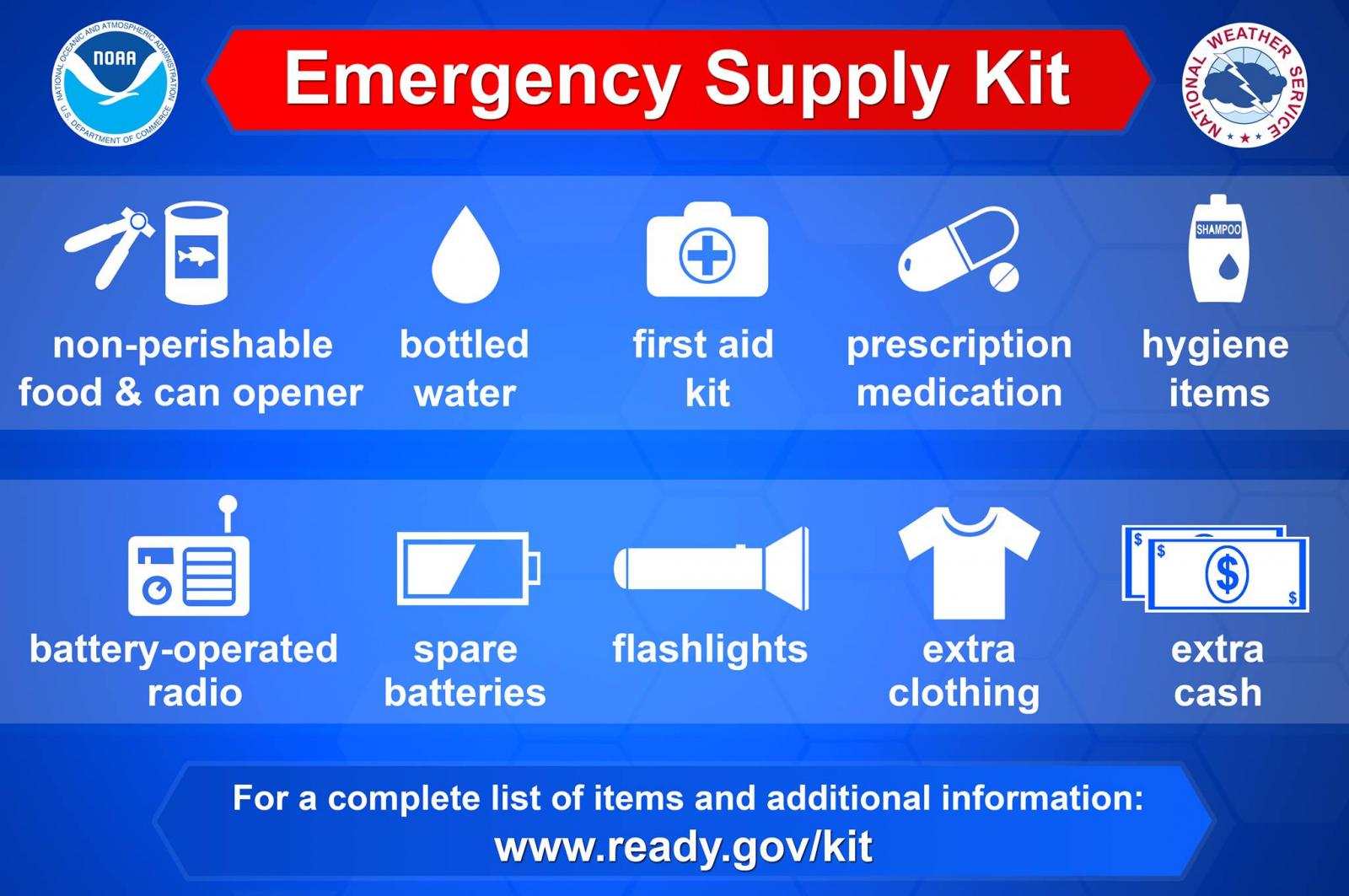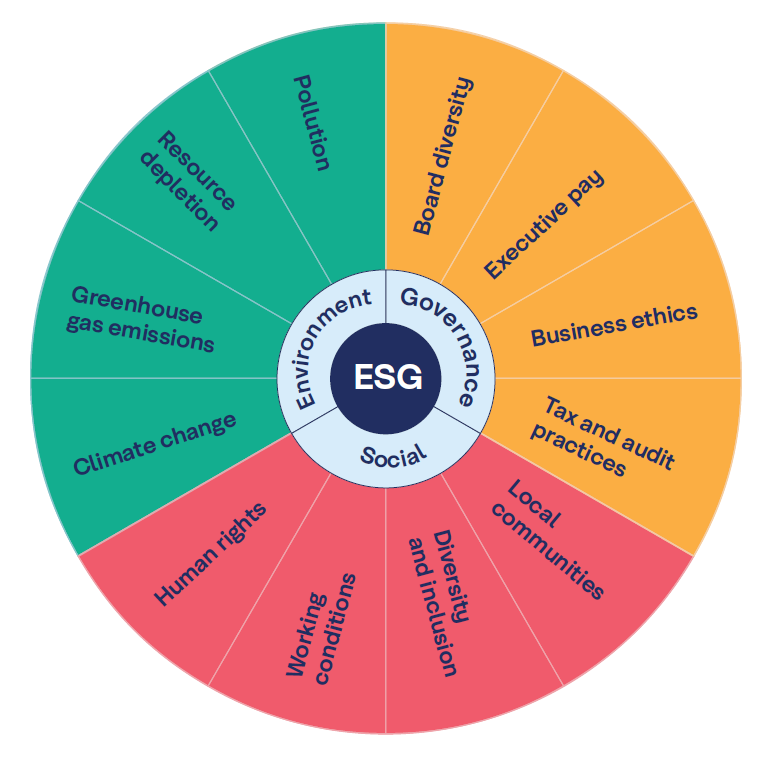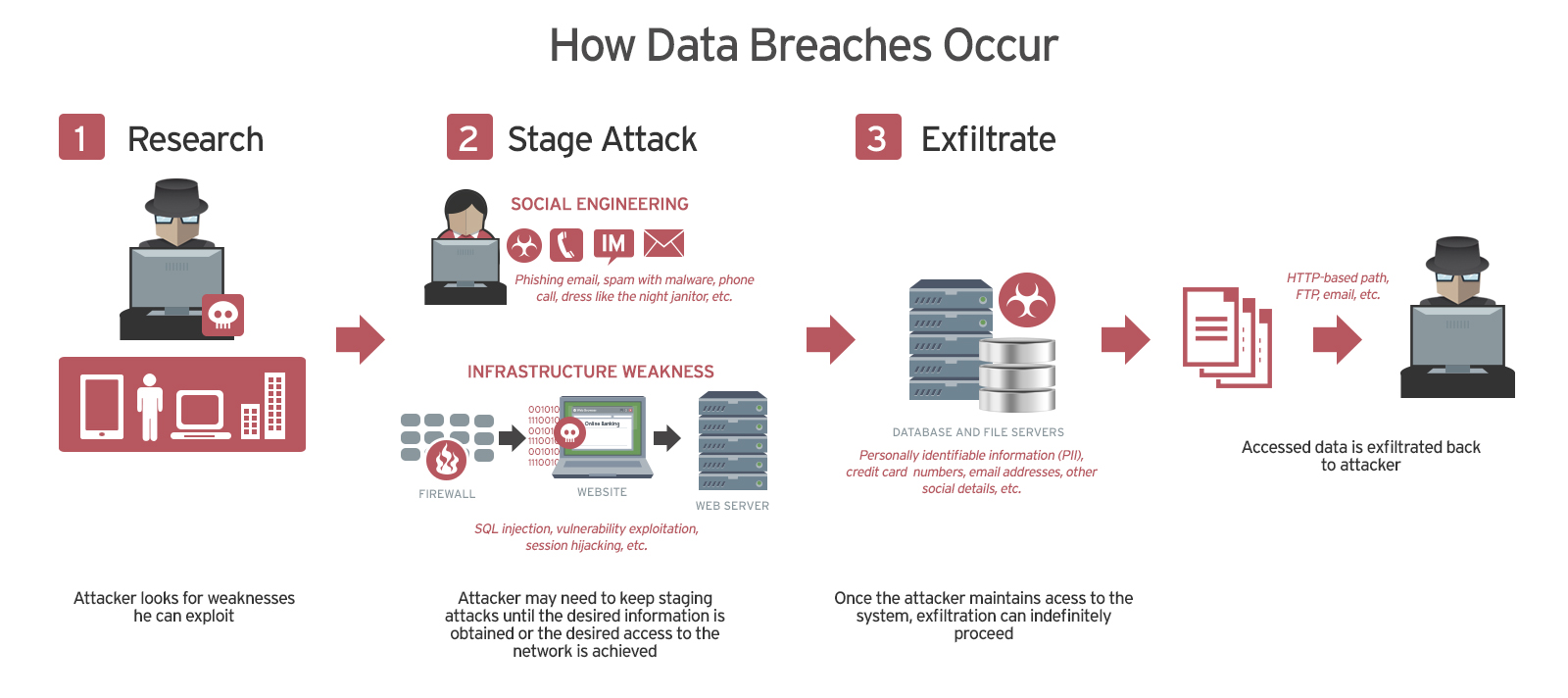Navigating Winter Weather: A Step-by-Step Timeline

Table of Contents
Before the Storm: Proactive Winter Weather Preparation
Proactive preparation is the cornerstone of successful winter weather navigation. Taking steps before the storm hits significantly reduces the risk and minimizes potential disruptions. This involves both home preparation and vigilant weather monitoring.
Home Preparation: Winterizing Your Home for Safety
Preparing your home for a winter storm is essential for ensuring the safety and comfort of your family. This includes stocking up on essential supplies and winterizing your home's infrastructure.
- Stock Up on Essential Supplies: Gather a minimum of a three-day supply of non-perishable food, bottled water (one gallon per person per day), batteries (various sizes), a well-stocked first-aid kit, essential medications, flashlights (and extra bulbs), blankets, and warm clothing. Consider a battery-powered radio for weather updates.
- Protect Your Pipes: Frozen pipes can cause significant damage and disruption. Insulate exposed pipes, especially those in unheated areas like basements or crawl spaces. Allow faucets to drip slightly, maintaining a slow flow of water to prevent freezing.
- Prepare Your Car: Winter driving requires a prepared vehicle. Check your antifreeze levels, ensure your tire pressure is correct (consider winter tires if you live in an area with significant snowfall), and pack a winter emergency kit. This kit should include jumper cables, a shovel, an ice scraper, sand or kitty litter for traction, warm blankets, and extra gloves and hats.
- Charge Electronic Devices: Ensure all cell phones, laptops, and other electronic devices are fully charged. Consider having a portable power bank for emergencies.
- Inform Family and Friends: Let family and friends know your winter weather plans, including your location and expected return time if you're traveling.
Monitoring Weather Forecasts: Staying Informed
Staying informed about impending winter weather is vital. Regularly checking reliable sources allows you to make informed decisions and take appropriate actions.
- Reliable Weather Sources: Consult the National Weather Service (or your country's equivalent) and your local news for accurate and up-to-date forecasts. These sources provide crucial information about winter storm warnings, watches, and advisories.
- Understanding Warnings and Watches: A winter storm watch means conditions are favorable for a winter storm to develop. A winter storm warning means a winter storm is imminent or occurring. Understand the difference to prepare accordingly.
- Weather Alerts: Sign up for weather alerts on your phone or email. This ensures you receive timely notifications about impending winter weather events.
During the Storm: Staying Safe in Winter Weather
Once the winter storm hits, safety becomes paramount. This section outlines crucial measures to ensure your safety while traveling and remaining at home.
Travel Safety: Navigating Winter Roads
Winter driving conditions can be treacherous. If possible, avoid unnecessary travel during a winter storm.
- Avoid Unnecessary Travel: If you must travel, inform someone of your planned route and estimated time of arrival. Share your location with family or friends if possible.
- Cautious Driving: Drive slowly and cautiously, increasing your following distance significantly. Black ice is incredibly dangerous and difficult to see.
- Reduced Visibility: Be aware of significantly reduced visibility due to snow or blowing snow. Use your headlights and drive at a speed that allows you to stop safely.
- Fuel Up: Keep your gas tank at least half full to avoid running out of fuel in case you're delayed.
Home Safety: Staying Secure Indoors
During the storm, staying indoors is the safest course of action. However, even indoors, certain precautions are necessary.
- Stay Indoors: Remain indoors as much as possible. Avoid unnecessary exposure to the elements.
- Space Heater Safety: Never leave space heaters unattended. Ensure they are placed away from flammable materials and are properly ventilated.
- Safe Heating: Never use a gas stove or oven to heat your home. This is a serious fire hazard.
- Check on Neighbors: Check on elderly neighbors or other vulnerable individuals to ensure their safety and well-being.
- Conserve Energy: Conserve energy by lowering the thermostat slightly (while still maintaining a safe indoor temperature).
After the Storm: Recovery and Clean-Up
Once the storm passes, the recovery and clean-up process begins. This requires careful assessment and a methodical approach.
Assessing Damage: Evaluating Post-Storm Conditions
After the storm, thoroughly inspect your property for any damage.
- Home Inspection: Check for roof leaks, downed power lines (stay far away!), and structural issues. Report any significant damage to your insurance company immediately.
- Report Damage: Contact your local authorities to report damage and request assistance if needed.
- Debris Removal: Be cautious when removing debris; downed power lines pose a serious electrical hazard.
Clearing Snow and Ice: Safe Removal Techniques
Clearing snow and ice from your property is essential for safety and accessibility.
- Safe Snow Removal: Clear walkways and driveways carefully using appropriate tools (snow shovel, snow blower). Take breaks to avoid overexertion.
- Back Injury Prevention: Be mindful of potential back injuries when shoveling snow. Lift with your legs and avoid twisting motions.
- Salt Use: Use caution when using salt on concrete surfaces; excessive salt can damage concrete over time.
Restoring Power and Services: Getting Back to Normal
Contacting utility companies and addressing damaged services is a key part of post-storm recovery.
- Power Outages: Contact your utility company immediately to report any power outages.
- Water Damage: Check for damage to water pipes and appliances. Address any leaks promptly to prevent further damage.
Conclusion: Preparing for and Navigating Winter Weather
Navigating winter weather requires careful planning and preparation. By following this step-by-step timeline and understanding the potential dangers of winter storms, ice storms, and cold weather, you can significantly reduce your risk and ensure your safety. Remember, proactive preparation is key to successfully navigating winter weather and minimizing disruptions to your life. Stay informed about upcoming winter weather events and implement the strategies outlined above to ensure a safe and secure winter season. Don't get caught off guard – plan for winter weather now!

Featured Posts
-
 Stock Market Uncertainty Strategies For Long Term Investment Success
Apr 25, 2025
Stock Market Uncertainty Strategies For Long Term Investment Success
Apr 25, 2025 -
 Linda Evangelista And The Power Of Friendship Following Her Mastectomy
Apr 25, 2025
Linda Evangelista And The Power Of Friendship Following Her Mastectomy
Apr 25, 2025 -
 Cassidy Hutchinsons Planned Memoir Insights Into The January 6th Hearings
Apr 25, 2025
Cassidy Hutchinsons Planned Memoir Insights Into The January 6th Hearings
Apr 25, 2025 -
 Rick Astley On Liverpool A Singers Appreciation Of Scouse Fans Passion
Apr 25, 2025
Rick Astley On Liverpool A Singers Appreciation Of Scouse Fans Passion
Apr 25, 2025 -
 16 Million Fine For T Mobile Details On Three Years Of Data Breaches
Apr 25, 2025
16 Million Fine For T Mobile Details On Three Years Of Data Breaches
Apr 25, 2025
Latest Posts
-
 Solve Nyt Strands Game 357 February 23rd Hints And Answers
May 10, 2025
Solve Nyt Strands Game 357 February 23rd Hints And Answers
May 10, 2025 -
 Nyt Strands Game 357 Solutions And Clues For February 23rd
May 10, 2025
Nyt Strands Game 357 Solutions And Clues For February 23rd
May 10, 2025 -
 Nyt Strands Answers For Saturday February 15 2024 Game 349
May 10, 2025
Nyt Strands Answers For Saturday February 15 2024 Game 349
May 10, 2025 -
 Fox News Hosts Offer Contrasting Views On Trumps Tariff Policies
May 10, 2025
Fox News Hosts Offer Contrasting Views On Trumps Tariff Policies
May 10, 2025 -
 February 20th Nyt Strands Answers Game 354
May 10, 2025
February 20th Nyt Strands Answers Game 354
May 10, 2025
